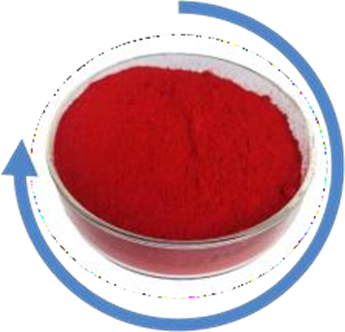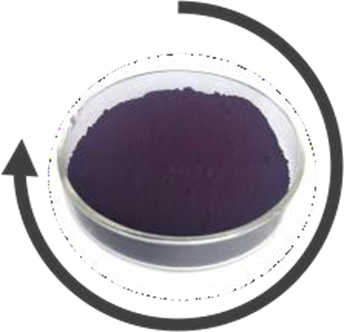
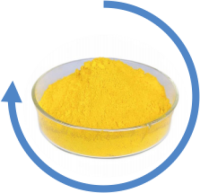
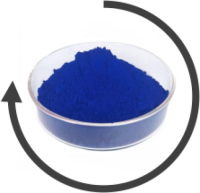
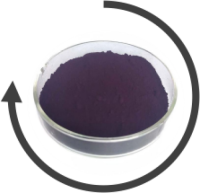
二、Features:
l Weather resistance
Weather resistance is related to the amount of colorant and light time. Products such as phthalocyanine blue, phthalocyanine green, and light-resistant red powder are more resistant.
l Resistant to migration
Properties of colorants migrating from inside a plastic to a surface or from one plastic to another through the interface. It depends on the application concentration and processing temperature.
l Easy to disperse
the ability to evenly disperse in the plastic during the coloring process,
The ability of Paulownia pigments to reduce the size of their aggregates and aggregates to the ideal size after wetting.
l stability
Under a certain processing temperature and a certain period of time, Baotong pigment does not occur obvious color light,
Changes in tinting strength and performance.
三、Product Usage:
l plastics
The pigment varieties used for coloring in plastics, masterbatches, rubber and other industries have bright colors, high coloring strength, heat stability, and excellent migration resistance
l paints
Organic pigments for industrial coatings (solvent-based/water-based coatings), colorants and other industries, with high durability, weather fastness, high hiding power or transparent pigments, special solvent based for pigments
l printing ink
Organic pigments used in applications such as offset printing ink, solvent printing ink, and water-based printing ink have easy dispersion, excellent fluidity, high transparency, high gloss and high tinting strength.
l other
Organic pigments are widely used in industries such as stationery and educational supplies, medical treatment, fabric printing and dyeing, chemical fertilizer, seed coloring, etc., with strong stability and high color strength.
The difference between inorganic pigments and organic pigments is that organic pigments are colored in the coloring medium in the state of insoluble fine particles, and are colored compounds with various application characteristics that meet the requirements. Compared with inorganic colored compounds, there are many varieties of chromatography and special dosage forms for commodities, bright colors, high coloring strength, and high-grade organic pigments have the characteristics of excellent durability, non-toxicity or low toxicity. It is widely used in industrial coatings, printing inks, resin plastic coloring and fabric printing.
• Organic pigments are insoluble organic compounds that are typically added to substrates in a highly dispersed state to color them.
• The fundamental difference between it and dyes is that dyes can dissolve in the dyeing medium used, while pigments are neither soluble in the medium in which they are used nor in the substrate being colored.
• Many pigments and dyes have the same chemical structure and can be converted to each other using different methods. For example, some reducing dyes and sulfurized reducing dyes can be used as fiber dyes if they are reduced to a cryptochrome; If not restored, it can be used as a pigment for advanced inks.
• Organic pigments are widely used for coloring inks, paints, coatings, synthetic fibers, as well as for pigment printing of fabrics, coloring of plastics, rubber, leather, etc. Among them, ink pigments are used the most.
• The production of organic pigments accounts for about a quarter of the total dye production.
Organic pigments are colored compounds with various application characteristics that meet the requirements by coloring substances in the form of insoluble fine particles in the coloring medium.
Compared with inorganic colored compounds, it has a wide variety of chromatographic and commercial specific dosage forms, bright colors, high coloring strength, and high-end organic pigments with excellent durability, non toxicity, or low toxicity.
Widely used in industrial coatings, printing inks, resin plastic coloring, and textile printing fields.
